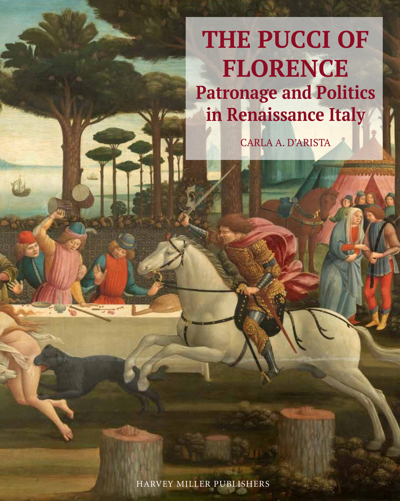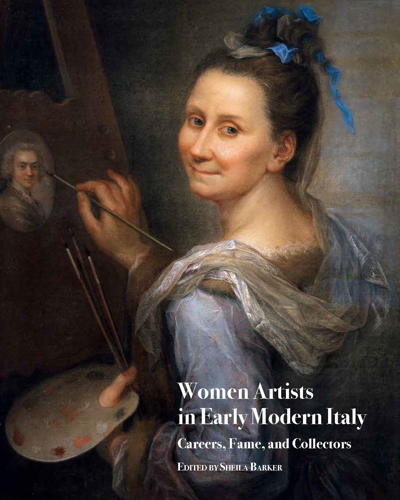
Before the Ghetto
The Medici and the Segregation of the Jews in Sixteenth-Century Tuscany
Piergabriele Mancuso (ed)
- Pages: approx. xiv + 278 p.
- Size:220 x 280 mm
- Illustrations:1 b/w, 20 col.
- Language(s):English, Italian, Latin
- Publication Year:2026
- € 140,00 EXCL. VAT RETAIL PRICE
- ISBN: 978-1-915487-00-1
- Hardback
- Forthcoming (Apr/26)
*How to pre-order?
In 1570, Cosimo I de’ Medici ordered the segregation of Tuscan Jews within the city. This volume examines this pivotal moment in Tuscan Jewish history and presents the first annotated edition of the official documents that led to the community’s urban segregation.
Piergabriele Mancuso (Phd, UCL) is the director of the Eugene Grant Jewish History Program at the Medici Archive Project.
Davide Baldi Bellini (PhD, Univ. Udine) is Senior Research Fellow in Book History at the Medici Archive Project.
Gaston Javier Basile (PhD, UBA) is Senior Research Fellow and Series Editor at the Medici Archive Project.
Established by Cosimo I de’ Medici in 1570, the ghetto was officially justified by claims of repeated Jewish violations of canon laws (condotte) and banking regulations. However, a comprehensive investigation conducted by the Magistrato Supremo (1568–1570) found such infractions to be rare, minor, and isolated, insufficient to justify sweeping restrictions. At the time, Tuscany’s Jewish community, about 700 individuals dispersed across the duchy, had strong social and professional ties with the Christian majority, particularly through Jewish moneylenders who provided affordable credit to the lower classes.
In truth, the ghetto’s creation stemmed from an ideological and bureaucratic process that framed even minor Jewish transgressions as serious threats to Jewish-Christian separation. Carlo Pitti, the powerful Medici chancellor and a staunch opponent of Jewish presence in Tuscany, played a key role. He promoted the ghetto as a political achievement aligning the Medici state with the Counter-Reformation Church and as a profitable investment for the ruling elite. This volume explores this pivotal moment in Tuscan Jewish history, offering the first annotated edition of the official documents that led to the community’s urban segregation.
Preface
Introduction
Essays
Piergabriele Mancuso, Cosimo I de’ Medici, Carlo Pitti, and the Creation of the Ghetto of Florence
Stefanie B. Siegmund, A Counter-Narrative: Jewish Life in Tuscany before 1570
Andrea Bruscino, The San Miniato and Other Jewish Families in Empoli and Tuscany before the Ghetto
Liana E. Funaro, ‘Per domos ac synagogas’ - Requisitions of the Talmud in Medici Tuscany (1553–1554)
Documents - Magistrato Supremo, volumes 4449–4450
Editorial Criteria
Libro di Capitoli d’Ebrei (Book of Charters on the Jews)
Documents 1–118
Processo contra li hebrei che nel dominio di Sua Altezza stavano et habitabano di continuo, che hogi è stato loro prohibito. 1570 (Proceedings Against the Jews Who Formerly Stayed in His Highness’s Dominion and Lived There Continuously Which is Now Forbidden to Them. 1570)
Documents 119–222
Contributors
Indexes





